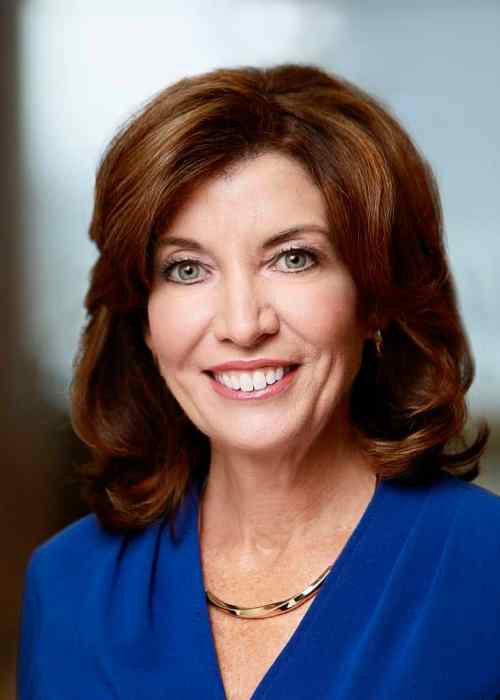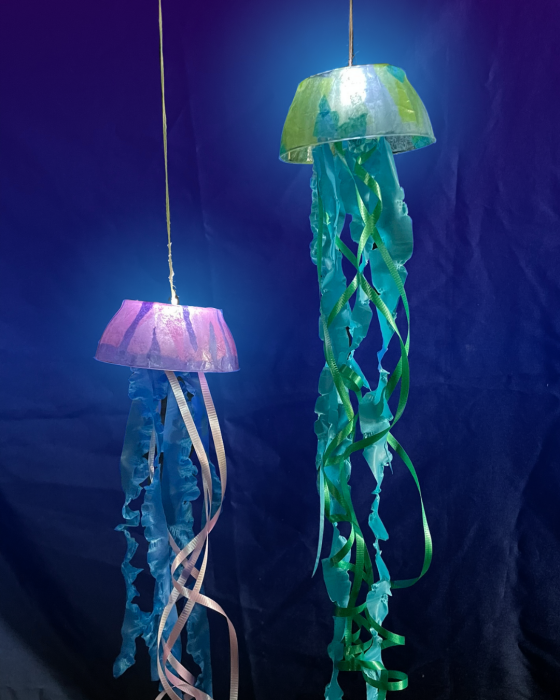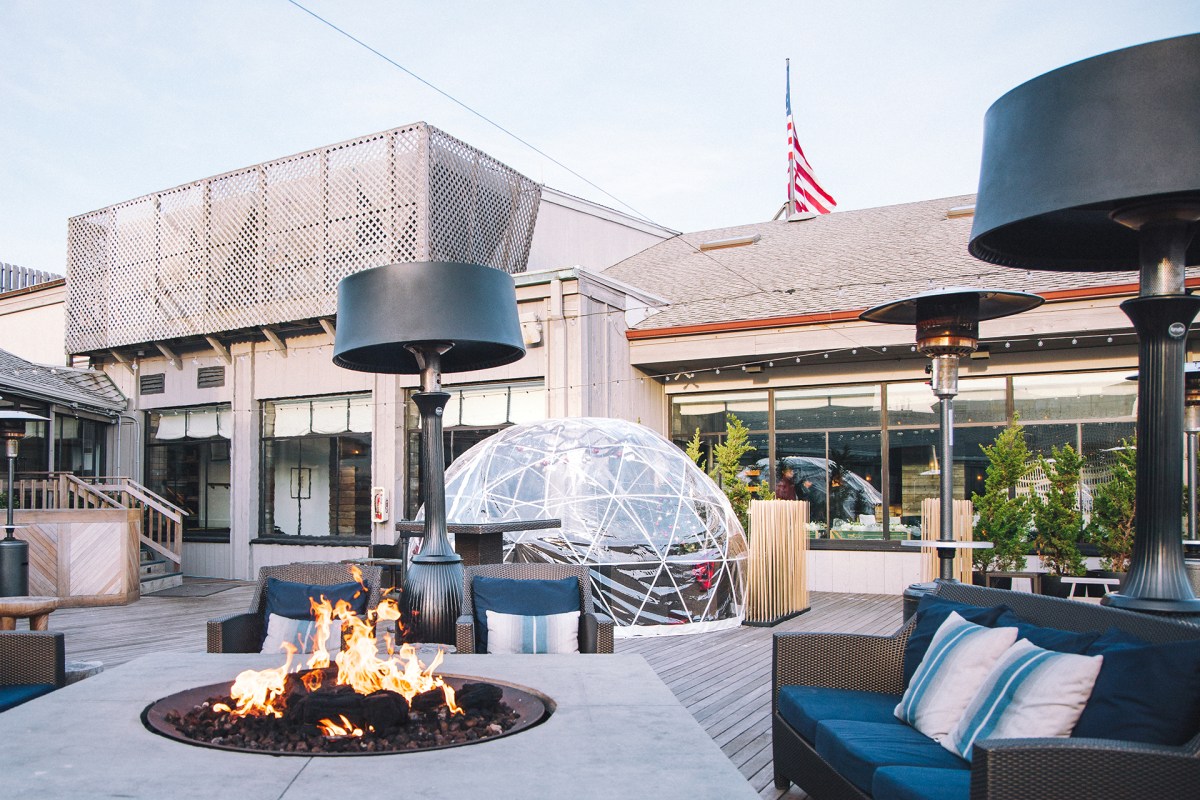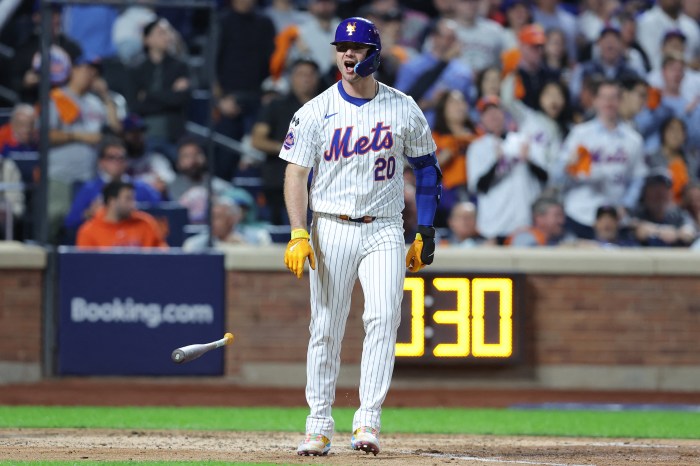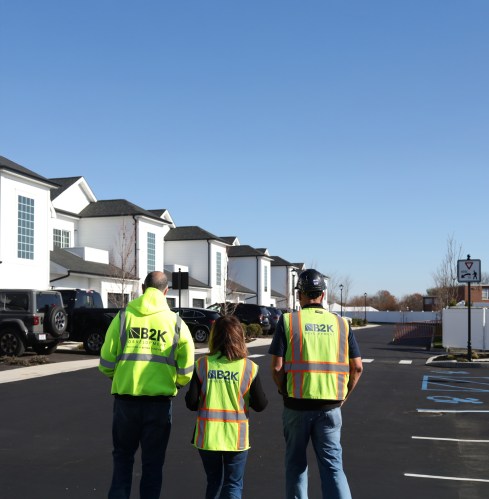When Christopher Verga asked me a few years back to join him in writing a book about Long Island during the Cold War because I reported on many of the related issues here—including as a reporter and columnist for the Long Island Press—I thought it would be primarily about history.
I had covered, for example, the placement of Nike Hercules and BOMARC nuclear-tipped missile bases on Long Island—including in Rocky Point, Lloyd Harbor, Amityville, Lido Beach and Westhampton—with a mission to fire and detonate them with atomic blasts amid formations of Soviet bombers feared heading to New York City. I covered the FBI’s arrest of Robert Glenn Thompson of Bay Shore who ultimately pled guilty to spying for the Soviet Union, providing photos and information about strategic sites in the New York Metropolitan Area. I wrote about the original mission of the U.S. Army laboratory set up on Plum Island: to develop biological warfare to kill livestock in the Soviet Union.
Moreover, older than Chris, who teaches Long Island history at Suffolk County Community College, I was of the “duck-and-cover” generation. At P.S. 136 in St. Albans in the 1950s, we regularly did “duck-and-cover” exercises, diving under our desks in preparation for a nuclear attack. We were issued dog tags to be identified if nuclear war happened.
All this is in our book, Cold War Long Island, published in 2021 by The History Press.
And then, suddenly, the possibility of nuclear war was again on the agenda of the world and Long Island with Russia’s invasion of Ukraine in February 2022 and repeated threats by Russia’s President Putin and his associates about Russia using nuclear weapons.
In September 2022, at the annual Shinnecock Indian Powwow, there was a Federal Emergency Management Agency booth at which a flier was distributed headed: “Be Prepared For A Nuclear Explosion.” It said: “A nuclear weapon is a device that uses a nuclear reaction to create an explosion. But you can keep your family safe by knowing what to do and being prepared if it occurs.” The flier advised: “Get inside the nearest building to avoid radiation…Remove contaminated clothing and wipe off or wash unprotected skin if you were outside after the fallout arrived.”
Likewise, the New York City Emergency Management’s office was running a public service announcement beginning: “So there’s been a nuclear attack….the big one has hit.” It, like the FEMA flier, advised people on what to do. Mayor Adams said of the PSA: “We’re going to be prepared.”
Last year things were getting even worse. The Bulletin of the Atomic Scientists moved its “Doomsday Clock” forward to 90 seconds to midnight—the closest to midnight the clock was set at since it was created in 1947. The Bulletin defines midnight as “nuclear annihilation.”
Said UN Secretary-General Antonio Guterres: “The prospect of nuclear conflict, once unthinkable, is now back within the realm of possibility.”
Last month, The Bulletin kept the clock at 90 seconds to midnight for 2024 issuing a statement: “Ominous trends continue to point the world toward global catastrophe.”
Now it’s not only the Ukraine invasion but adding to concerns about nuclear war are North Korean leader Kim Jong Un threatening to use nuclear weapons, conflict in the Middle East, and nuclear-armed China moving to take Taiwan and the resulting battle with the United States coming to Taiwan’s aid.
The Treaty on the Prohibition of Nuclear Weapons was adopted by the UN General Assembly in 2017—with 122 nations in favor. It bans the development, testing, production, stockpiling, stationing, transfer, use and threat of use of nuclear weapons.
“Let’s eliminate these weapons before they eliminate us,” Guterres says of the treaty, an initiative “toward our shared goal of a world free of nuclear weapons.”
Can the atomic genie be put back in the bottle? Anything people have done other people can undo. And the prospect of huge loss of life from nuclear destruction is the best of reasons.
There’s a precedent: the outlawing of chemical warfare after World War I when its terrible impacts were horrifically demonstrated, killing 90,000. The Geneva Protocol of 1925 and the Chemicals Weapons Convention of 1933 outlawed chemical warfare and to a large degree the prohibition has held.
Abolition of nuclear weapons globally has long been a top priority of the UN. Indeed, in 1946 when the UN was based on Long Island, in Lake Success, its “Resolution 1” called for the creation of a commission to “make specific proposals…for the elimination from national armaments of nuclear weapons.”
Pope Francis in speaking about the “unspeakable horror” of nuclear weapons says: “A world without nuclear weapons is possible and necessary.”
The massively lethal danger of nuclear war is not only history.
Karl Grossman is an investigative journalist and professor of journalism.





